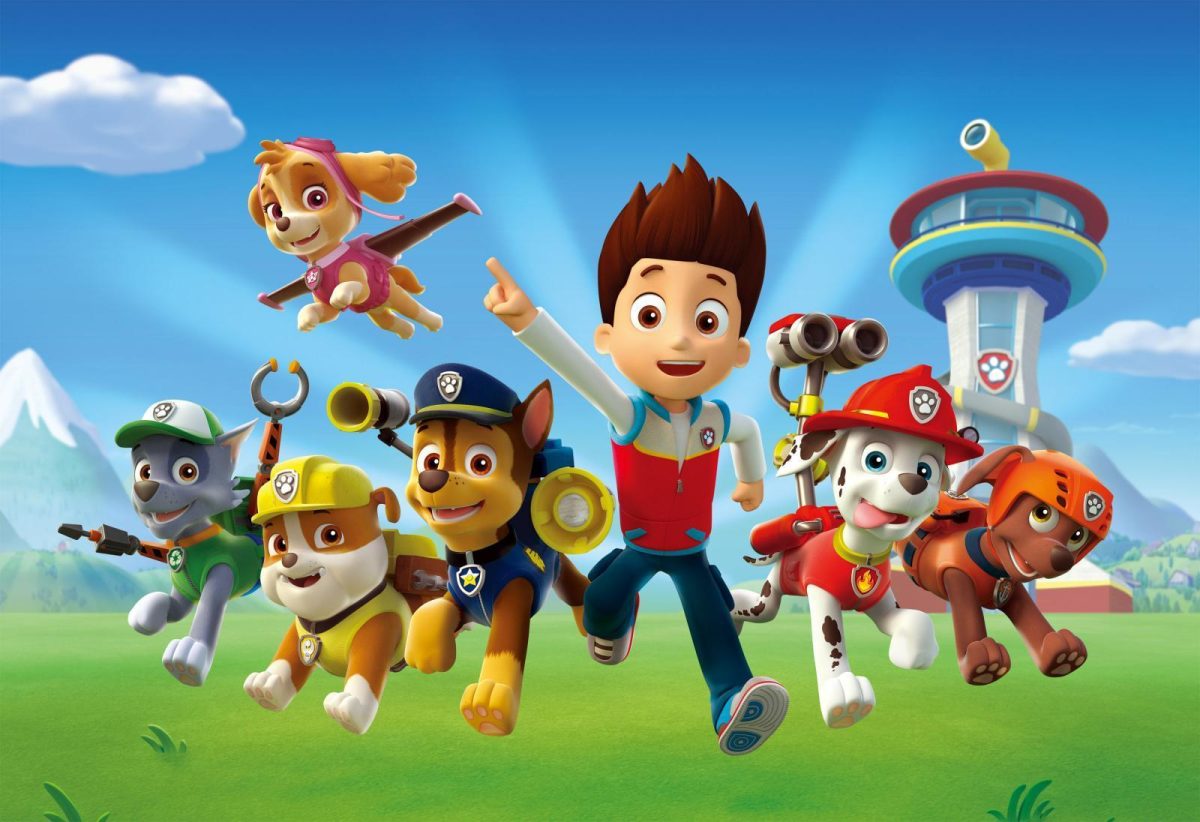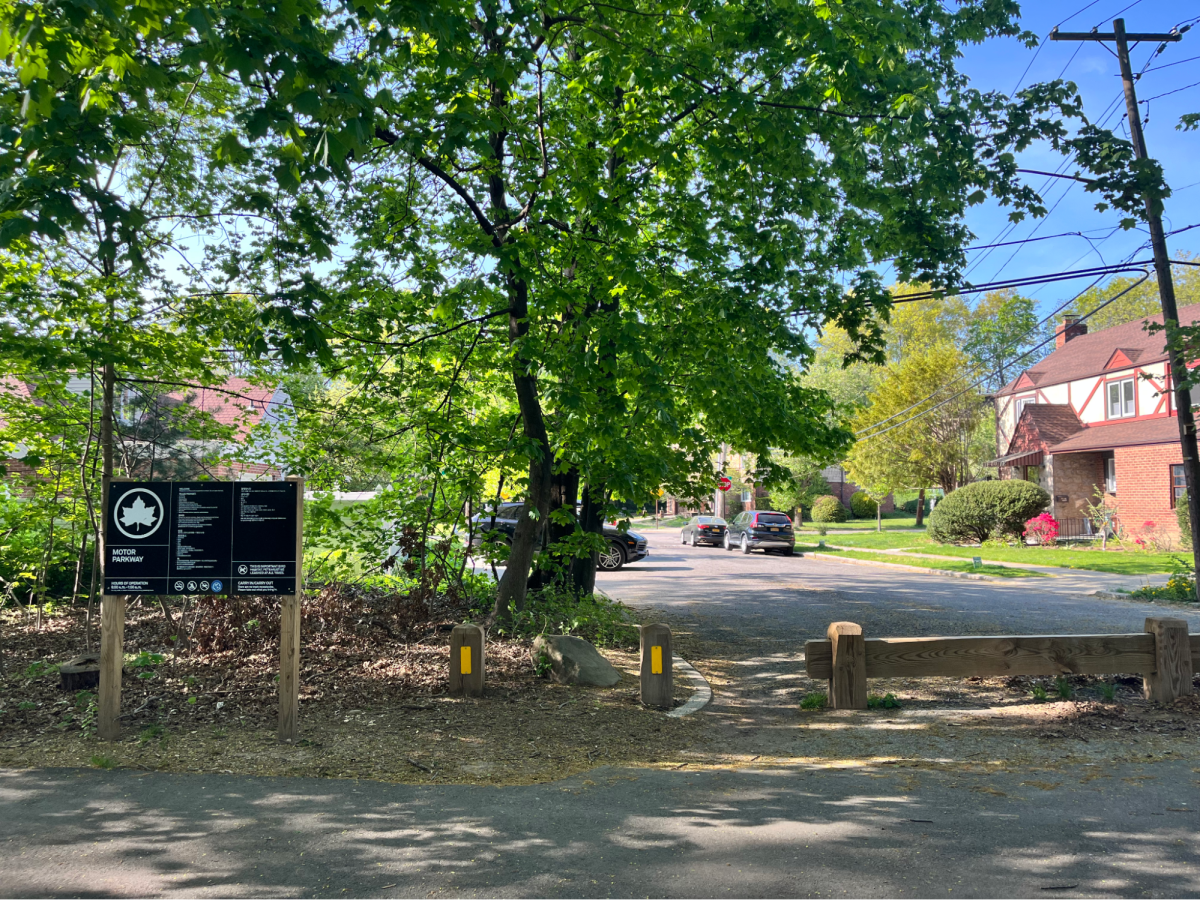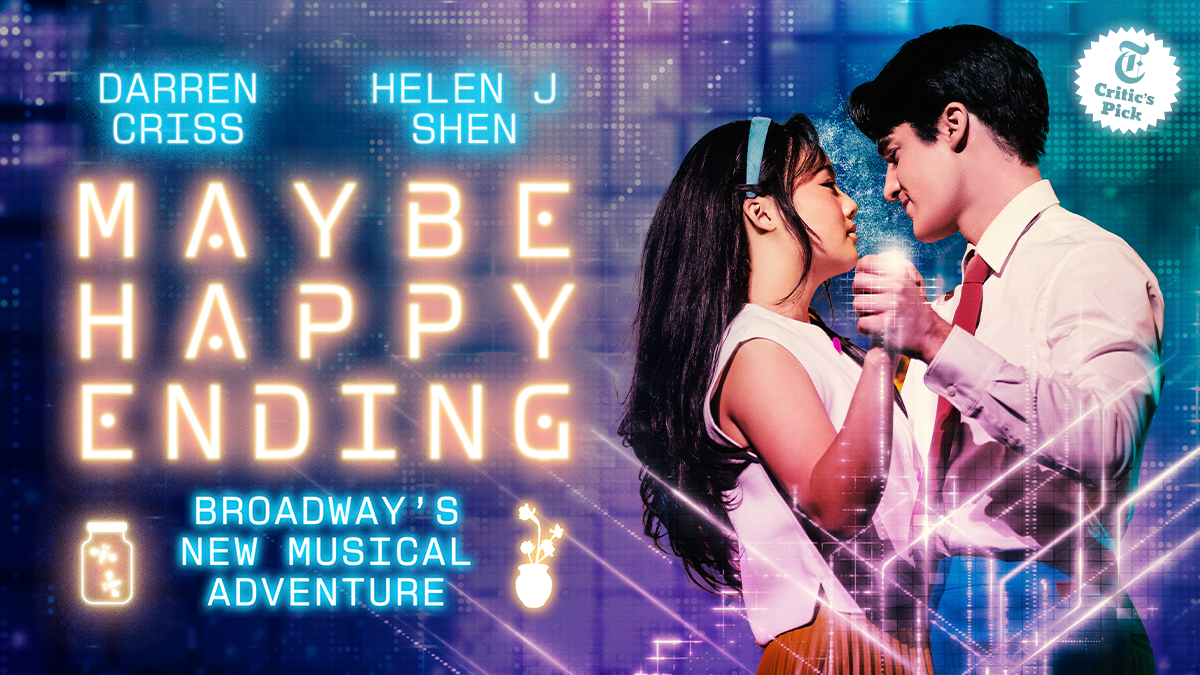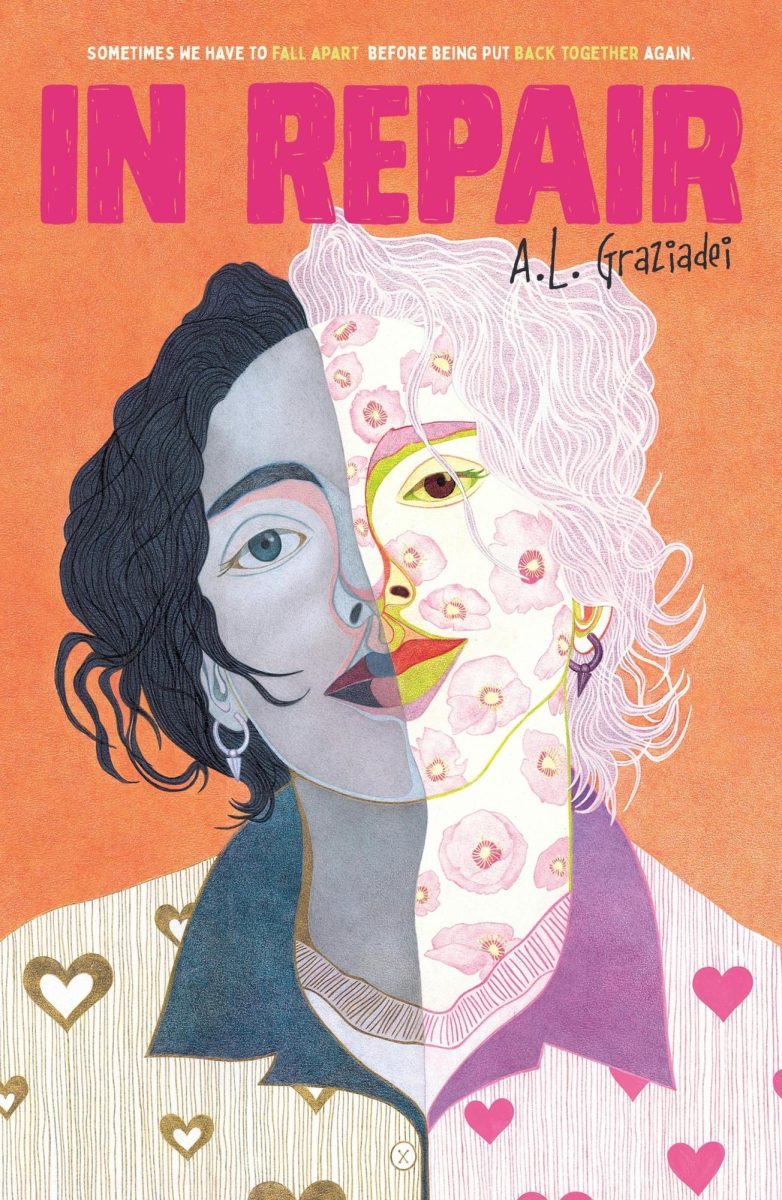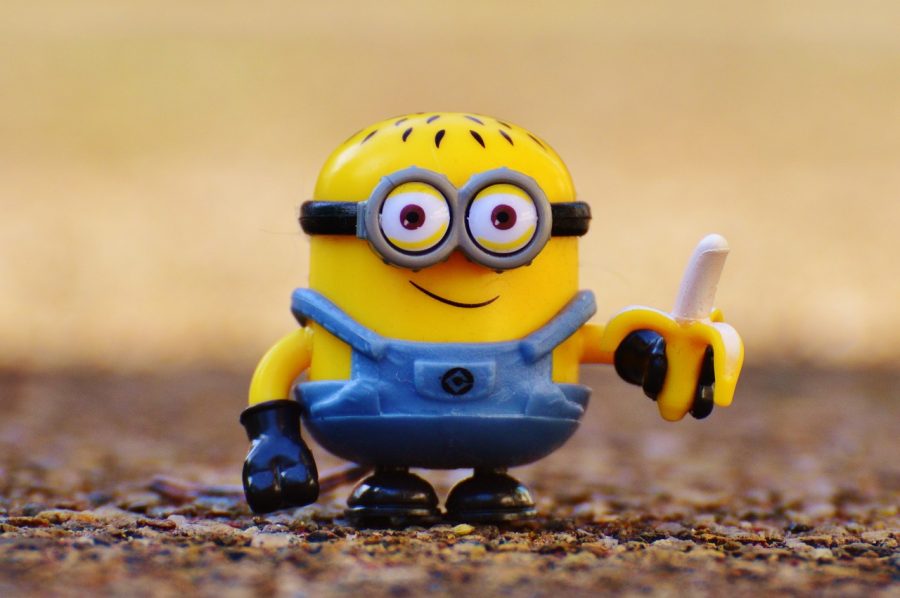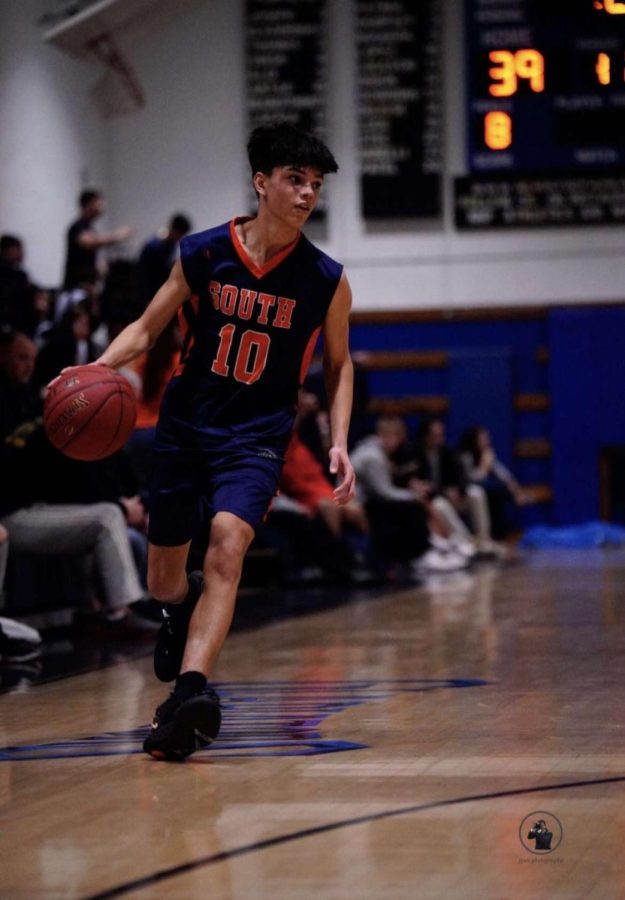By Radhika Viswanathan
Created in celebration of the fiftieth anniversary of the first James Bond film, the movie Skyfall was definitely memorable. Director Sam Mendes succeeds in perpetuating the audience’s memories of Bond with references to previous movies, including Bond’s 1964 Aston Martin DB5, Miss Moneypenny, and many of Bond’s famous catch phrases. Though I was not as avid a James Bond fan as other members of the audience, I was just as eager as the next person to watch Bond save the world – without even wrinkling his suit. And the first scene, in which Bond miraculously revives from the dead, only served to confirm my expectations.
The movie begins like most other Bond movies; there is a terrorist attack on the MI6 Secret Intelligence Service headquarters, and M, the head, thinks that Bond (Daniel Craig) is the only man who can find the terrorist. After an action-packed journey, Bond is captured and taken to an abandoned island, where the unnamed terrorist awaits him. Tied to their seats, both Bond and the audience get their first glimpse of the cyberterrorist who single-handedly brought down the MI6 headquarters.
From the first moment the villain, Raoul Silva (Javier Bardem), arrives on the screen, I could tell there was something different about him. His entrance is grander than that of Bond’s; he slowly strides down an aisle surrounded by his impressive technology while reciting a monologue about the benefits of cybertechnology. His memorable symbol of rats in a forest is threaded through the movie and becomes a sort of mantra for him. During Silva’s majestic arrival, Bond is incapacitated and tied to a chair. This juxtaposition makes Silva very impressive in the eyes of the audience. He seems to have shaken – and stirred – Bond’s classic aplomb.
Throughout the movie, it seems as if Silva has the characteristics of the perfect “tragic hero.” He led a noble life before becoming a villain, he had a tragic experience that affected his mind and his body, his downfall was brought about by his pride, and he was ultimately killed. Although it does not seem like Silva feels remorse at the end, his heart-wringing story evokes pathos in the viewer in a way that Bond’s cannot.
Unlike other James Bond villains, Silva has human characteristics that make him relatable to the audience. His incentive for murder is a very human quality – the desire for revenge. Silva seems to equal if not surpass Bond in areas like sexuality, humor, and intelligence. Even his clear psychological problems, while they make him slightly creepy, elicit sympathy from the audience.
Silva is truly a new type of villain. His evil desire to destroy the Secret Service Headquarters can even be justified if his tragic backstory and psychological problems are considered. While Bond fans will continue to cherish their favorite hero, it seems like Silva is the rat that won – at least this time.
Categories:
Skyfall has Audience Falling for Villain
November 26, 2012
0
More to Discover


